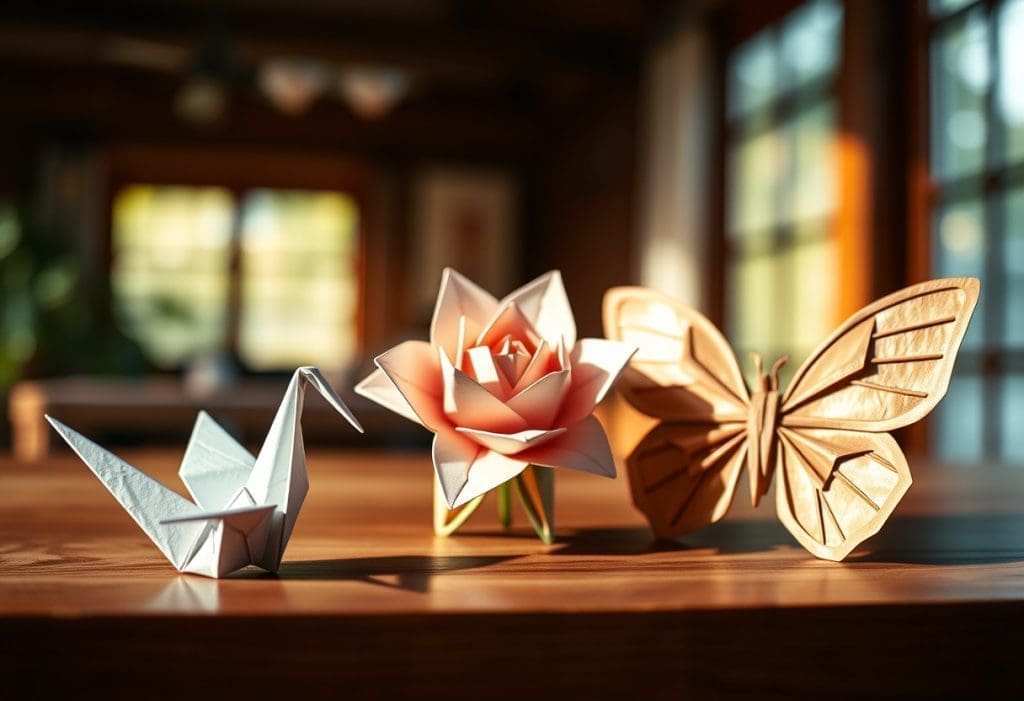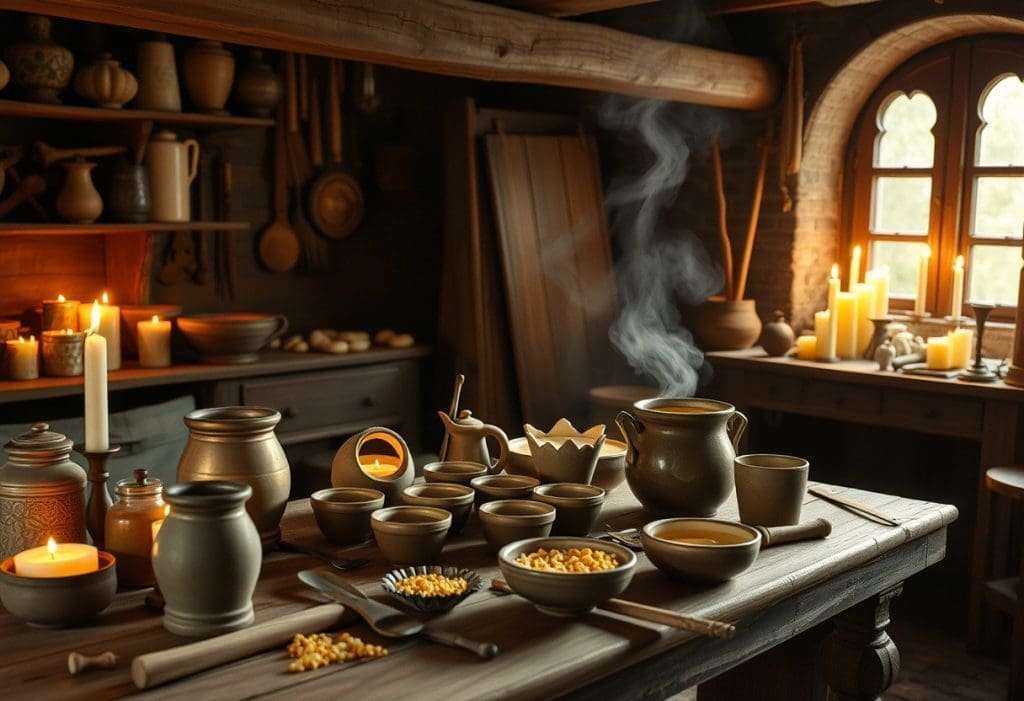You’re about to start a new crochet project, and you’re wondering which hook to use.
You’ve probably noticed that there are many different hook sizes and materials available.
This can be overwhelming, especially if you’re new to crochet.
But don’t worry, by the end of this guide, you’ll know exactly how to choose the right hook for your project.
You’ll learn about the different hook sizes, materials, and how they impact the outcome of your projects.
Understanding the Different Types of Crochet Hooks
To ensure you’re getting the best results from your crochet projects, it’s important to understand the various types of hooks available.
You’ll find that hooks differ in material, size, and shape, each with its own unique characteristics.
| Hook Type | Description |
| Aluminum Hooks | Lightweight, durable, and affordable |
| Steel Hooks | Strong, resistant to rust, and ideal for thick yarns |
| Wooden Hooks | Ergonomic, comfortable to hold, and suitable for sensitive hands |
| Tunisian Hooks | Long, flexible, and designed for Tunisian crochet techniques |
Recognizing the differences between these hook types will help you make informed decisions for your projects.
Material Options: Aluminum, Steel, Wood, and More
When you’re picking your crochet hook of choice, you’ll want to start with the material it’s made of.
Each material has its own strengths and weaknesses, and some may be better suited to your personal preferences or project requirements.
Hook Size Variations: Metric, Imperial, and Conversion Charts
To accurately measure your stitches and ensure a professional finish, you need to understand the different hook size systems.
You’ll encounter metric, imperial, and conversion charts, each with its own set of measurements.
Options for hook sizes range from 0.4mm to 15mm, with various increments in between.
You’ll need to understand how to read and convert between these systems. This is the only way for your projects to turn out as intended.
For instance, a US size H hook is equivalent to a 5mm metric hook, while a UK size 4 hook corresponds to a 2mm metric hook.
By familiarizing yourself with these conversions, you’ll be able to switch between patterns and yarns with confidence.
Factors to Consider When Choosing a Crochet Hook
Assuming you’re eager to start your next crochet project, you’ll need to select the right hook to ensure success.
Before making a decision, consider the following factors that will impact your project’s outcome:
-
- project type
- yarn weight and fiber content
- hook material
- handle comfort
- hook size
To avoid getting subpar results, you’ll want to make sure you consider these and pick well.
Project Type: Amigurumi, Afghans, Lace, and More
Every type of project needs specific hooks that work best for it. We recently talked about what works best for amigurumi here.
Different projects require specific hook sizes and materials to achieve the desired texture and look.
Yarn Weight and Fiber Content: How They Impact Hook Choice
If you’re working with a bulky yarn, you’ll need a larger hook to accommodate its thickness, while a smaller hook is better suited for lace-weight yarns.
This is because yarn weight and fiber content directly affect the drape, texture, and overall appearance of your project.
For instance, a hook that’s too small for a bulky yarn can result in a stiff, dense fabric.
Meanwhile, a hook that’s too large for a lace-weight yarn can produce a loose, sloppy fabric.
Step-by-Step Guide to Selecting the Right Hook
You’re now ready to choose the perfect hook for your project. To ensure you make the right selection, follow this simple guide:
| Hook Size | Recommended Yarn Weight |
|---|---|
| B/1 (2.25mm) | Lace, Fingering, Sport |
| C/2 (2.75mm) | Sport, Baby, Afghan |
| D/3 (3.25mm) | Worsted, Afghan, Chunky |
| E/4 (3.75mm) | Bulky, Chunky, Super Bulky |
Measuring Your Stitches: Gauge and Tension Explained
To select the right hook, you’ll need an understanding of gauge and tension.
Gauge refers to the number of stitches and rows in a specific measurement, while tension refers to how tightly or loosely you crochet.
To ensure a perfect fit, find the right balance between gauge and tension.
Swatching and Testing: Ensuring the Perfect Fit
What is swatching, you ask?
Swatching is the process of creating a small sample of your project to test the hook size, yarn, and stitch pattern.
Once you measure your swatch, you’ll get an idea of how your project will look and feel.
Take note of the stitch count, row count, and overall fabric density.
If your swatch is too loose or too tight, adjust your hook size accordingly and re-swatch until you achieve the desired result.
Tips for Choosing the Right Hook for Your Project
You want a hook that will work harmoniously with your yarn and stitch pattern to produce the desired fabric.
Here are some tips to keep in mind:
- Consider the type of project you’re working on and the level of detail required
- Think about the weight and fiber content of your yarn
- Experiment with different hook sizes to find the one that feels the most comfortable in your hand
Be aware that any small adjustments you make could be a big deal for the overall look and feel of your finished project.
Considering the Hook’s Ergonomics and Comfort
Even the most experienced crocheters can suffer from fatigue and discomfort if their hook isn’t ergonomic.
Look for hooks with cushioned grips or contoured handles that fit comfortably in your hand.
Adapting to Different Yarns and Stitches
One of the most important things to consider when choosing a hook is how it will interact with your yarn and stitch pattern.
Hooks made from different materials, such as aluminum, steel, or wood, can produce varying results depending on the yarn and stitch you’re using.
For example, if you’re working with a delicate lace yarn, a wooden or bamboo hook may be a better choice than a metal one. It will provide a smoother, more gentle action.
On the other hand, if you’re working with a thick, chunky yarn, a sturdy metal hook may be better for handling the bulk of the yarn.
Pros and Cons of Popular Crochet Hook Materials
After considering the various types of crochet hooks available, it’s time to weigh the pros and cons of each material.
This will help you make an informed decision about which hook is best for your project.
| Material | Pros and Cons |
|---|---|
| Aluminum | Durable, affordable, lightweight, easy to clean; may be slippery, can cause hand fatigue |
| Wooden | Aesthetically pleasing, comfortable grip, warm to the touch; may be expensive, prone to splintering |
| Steel | Strong, durable, resistant to rust; may be heavy, cold to the touch |
| Bamboo | Lightweight, eco-friendly, comfortable grip; may be prone to splintering, expensive |
| Plastic | Affordable, lightweight, easy to clean; may be flimsy, prone to breaking |
Advanced Hook Selection Techniques
Many experienced crocheters have developed a keen sense of what works best for their projects, but even they can benefit from refining their hook selection skills.
To take your hook selection to the next level, consider the following advanced techniques:
- Experiment with different materials and finishes
- Analyze your stitch tension and adjust accordingly
- Consider the fiber content and weight of your chosen yarn
When in doubt, here’s a handy reference table for you to reference:
| Hook Material | Best Suited For |
|---|---|
| Aluminum | Lace and intricate work |
| Wood | Beginners and those with arthritis |
| Steel | Thick, chunky yarns and amigurumi |
Use Hook Conversion Charts for Seamless Transitions
Hook conversion charts are useful for ensuring a smooth transition between projects.
These provide a standardized guide for switching between different hook sizes and yarn weights.
Experiment with Specialty Hooks: Tunisian and More
Tunisian crochet, also known as Afghan crochet, requires a specialized hook with a stopper at the end to prevent stitches from falling off.
Hooks designed for specific techniques, such as Tunisian or broomstick lace, can greatly enhance your project’s outcome by providing the right amount of control and precision.
Now You Know How To Choose The Right Hook
The right crochet hook can make all the difference in your project’s success.
We have reviewed the importance of factors such as hook size, material, and handle comfort when selecting the perfect hook for your needs.
You’ve learned how to navigate the vast array of options available, from aluminum to wood, and from ergonomic to straight handles.
With this knowledge, you’re ready to take your crochet skills to the next level and create beautiful, professional-looking projects that showcase your unique style.



